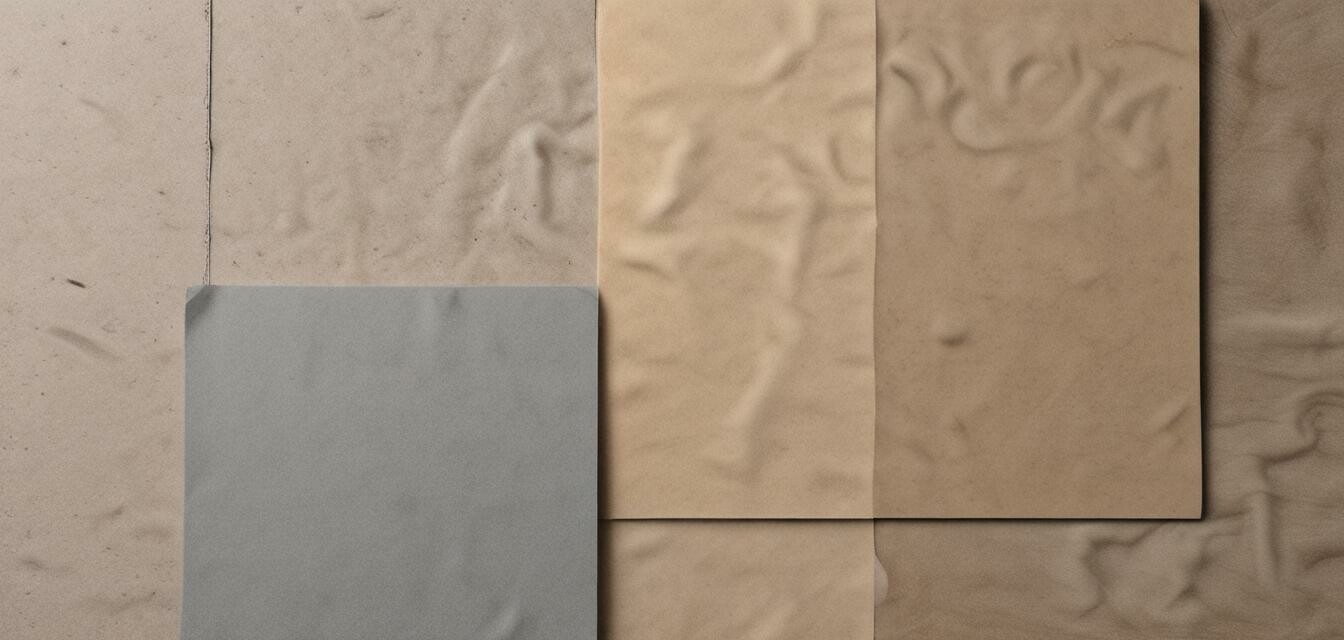
How to choose the right sanding paper
Key Takeaways
- Understand different types of sanding paper and their uses.
- Select the appropriate grit based on project requirements.
- Consider the type of sander being used for optimal results.
- Familiarize yourself with different materials of sanding paper.
- Regular maintenance and testing can improve efficiency and finish quality.
Choosing the right sanding paper is essential for achieving a smooth finish on your projects, whether you are working with wood, drywall, or metal. Understanding the different types of sanding papers, their grits, and materials can ensure that you pick the best option for your specific needs. In this guide, we will cover the factors to consider when selecting sanding paper, including grit sizes, sanding purposes, and more.
Understanding Different Types of Sanding Paper
Sanding papers are made for various purposes and materials. Here's a breakdown of the common types:
| Type of Sanding Paper | Best Used For | Features |
|---|---|---|
| Aluminum Oxide | Wood and metal | Durable and long-lasting, suitable for rough surfaces. |
| Silicon Carbide | Glass and plastic | Sharp and ideal for wet sanding. |
| Garnet | Fine woodworking | Produces smooth results but wears out faster. |
| Cutting and Finishing Papers | Various finishes | Designed for specific jobs, offering specialized grit coatings. |
Choosing the Right Grit Size
The grit size of sanding paper refers to the number of abrasive particles per square inch on the surface of the paper. The higher the grit number, the smaller the particles and the smoother the finish possible.
Grit Size Guide
| Grit Size | Recommended Use |
|---|---|
| Coarse (40-60) | Removing material, shaping surfaces. |
| Medium (80-120) | General sanding of unfinished wood. |
| Fine (180-220) | Smoothing surfaces, finishing touches. |
| Extra Fine (320 and above) | Final finishing, polishing. |
Types of Sanders and Their Compatibility
Different sanders require different types of sanding paper. Here’s how to match sanding papers with the right sanders:
- Orbital Sanders: Use 5-inch or 6-inch sanding discs, ideal for medium to fine sanding.
- Belt Sanders: Utilize sanding belts, best for removing material quickly.
- Detail Sanders: Use triangular sanding pads, perfect for tight spaces and finishing work.
- Random Orbital Sanders: Use compatible discs for versatility in various sanding tasks.
How to Maintain Your Sanding Paper
Maintaining your sanding paper is crucial for achieving the best results and maximizing its lifespan. Here are some tips:
Tips for maintaining sanding paper
- Clean the sandpaper regularly to remove dust and debris.
- Store properly to prevent moisture exposure which can degrade quality.
- Use sandpaper sparingly to avoid clogging and damage.
- Consider using a pressure washer for heavy-duty cleaning.
Safety Measures When Using Sanding Paper
While sanding is often straightforward, it is crucial to prioritize safety. Here are some helpful safety tips:
- Always wear a dust mask to avoid inhaling airborne particles.
- Ensure proper ventilation in your workspace.
- Use eye protection to shield against dust.
- Follow your tool's safety instructions to minimize risks.
Pros
- Offers a variety of grits for different applications.
- Enhances the finish quality of surfaces.
- Longer lasting when used correctly.
Cons
- Can become clogged over time, reducing effectiveness.
- Incorrect choice can lead to poor results.
Conclusion
Choosing the right sanding paper is paramount to the success of your project. By understanding the different types of sanding paper, their grit sizes, and compatibility with various sanders, you can make informed decisions that improve your results. For more insights and instructions on power tools, check out our how-to guides or explore related topics like our sandpaper products, and stay updated with news and trends in the world of portable power tools.
